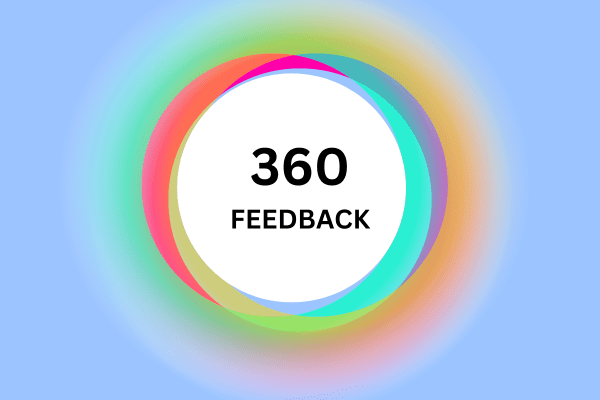Do You Know the Meaning That Lies Behind the Different Types of Questions?
This post is about understanding the hidden meanings that hide behind the different types of questions that we ask and are asked of us. Knowledge of how we can use those questions can lead to better communication. Furthermore, it can help us get what we want. Intrigued? Want to learn more about the meaning behind your questions? Please read on…
Offering an Option
If you are offering the questionee an option, make sure that you are prepared to accept any of the options chosen. However, you should ensure that the option you want is the last one said. Typically, this is the one that the questionee will remember most and most likely choose. This is a useful technique to employ if you are looking to influence or persuade others.
Don’t ask the question unless you mean to ask a question. Instead, state your preference, ‘I’d like fish tonight for dinner, how about you?’.
The Hollow Question
‘Do you really like that suit?’. Instantly recognisable as a question that is not a real question. Both the questioner and questionee know that the intent or meaning of the question is that the questioner doesn’t like that suit. Moreover, the questioner believes that the questionee shouldn’t either.

The response from the questionee is normally, ‘Don’t you like it then?’. Another hollow question. In this instance, the questionee is more wishing to state that they like the suit and the questioner should too.
These questions are used to soften the statements that could be exchanged. For example, ‘I’m not really keen on that suit. I can see it might be your cup of tea though’, and ‘I like this suit, it might not be your taste though’.
At work, the hollow question can put us in places we later regret and have us pondering how we got there. For example, ‘Can I have that report by 3 pm on Thursday?’. ‘I can do Friday’, comes the reply. Not the response that you wanted. Be careful of the hollow question because if you are genuinely asking, then the questionee has options to choose from. Whereas, if you need the report by 3 pm on Thursday, then it is clearer, more transparent and open to say, ‘I really need the report by 3 pm on Thursday’.
The Meaning Behind The Loaded Question
Aboard the Titanic at dinner with Rose Bukater, ‘You like your lamb rare, don’t you sweet pea?’, asks Cal Hockley, the son of a rich steel tycoon, and Rose’s fiancee. The meaning behind the loaded question differs from the one option response. This is because you can normally respond to the loaded question with a smile or a nod, as Rose did. Whereas the one response question needs a response.
The typical loaded question in our house is, ‘You’re going to eat those vegetables, aren’t you?’. This normally elicits a nod response or rarely, even immediate action.
At work, a typical example would be from your boss, ‘Can you sit-in for me at the ABC meeting this afternoon?’. Of course, a smile and/or a nod is the only required response. A response that is normally done as your manager walks away without even waiting for it.
Sticky Learning ® is 7 times more effective than 1-day training courses. Plus, you will get a Chain of Evidence proving your Return on Investment. Discover soft skills training that changes behaviours long term.

The One Option Response
‘Does my bum look big in this?’. This is the classic one option response question, asked by every wife to every husband around the world a least once per year, and done so since ‘Adam was a lad’. This meaning behind this type of question goes way beyond the option question. It supersedes the hollow question and has a category all of its own. When this type of question is used, beware!
Thankfully these are the yeti of questions, rarely used, but important sightings to be noted when seen. Recognising these questions is key to a stable relationship at work and at home.

At work this question translates to the sales director asking their team, at the end of a rallying speech, ‘Can we hit the sales target?’. There is only one response. Thankfully, on 99% of occasions, you’ll recognise these questions for what they are and respond appropriately. To respond with an alternative response, like, ‘Yes, it does look a bit big in that’, ‘Maybe boss, if you can get me a bigger car’, is the equivalent of pulling the pin from the grenade and shouting ‘Duck and Cover’.
Summary of Meaning Behind Questions
There is normally more meaning behind a question than just the question itself. Be alert for what is really being asked. Furthermore, try to structure your questions to get more of what you want.




